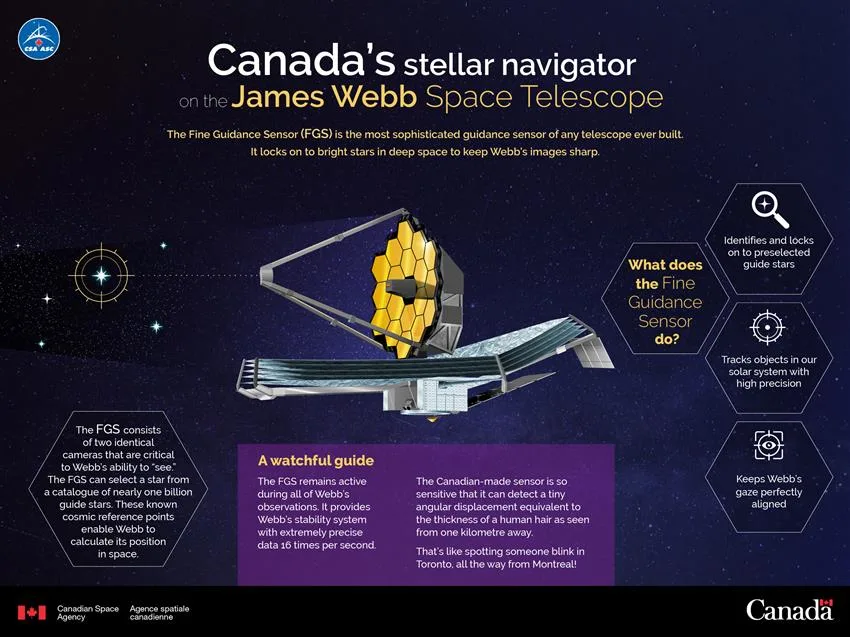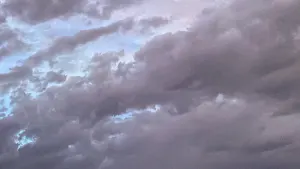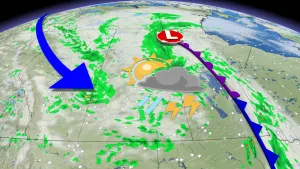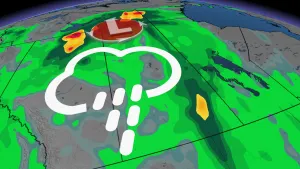
New pic from Webb has astronomers thrilled as telescope exceeds all expectations
What they spied in the background of this image has astronomers excited for what this new space telescope will show us.
A new image from the James Webb Space Telescope shows that the telescope is now in-focus. It also teases us with a look at the full capabilities of this remarkable piece of technology.
We are still months away from the first 'wow' images from the James Webb Space Telescope. Still, the team in charge of getting the telescope ready to probe the universe was very excited to share the latest image they acquired.
"We have fully aligned and focused the telescope on a star, and the performance is beating specifications. We are excited about what this means for science," Ritva Keski-Kuha, deputy optical telescope element manager for Webb at NASA Goddard, said in a press release on Wednesday. "We now know we have built the right telescope."

The bright star at the centre of this image, named 2MASS J17554042+6551277, was used as a calibration target by the team putting Webb through the 'fine phasing' stage of the telescope's mirror alignment. Credit: NASA/STScI
The bright star at the centre of the above image was the primary target for Webb, which helped the team bring the telescope into focus. However, the truly great part is what the image captured around the star — dozens of stars and galaxies in the background, picked up due to the remarkable sensitivity of Webb's Near Infrared Camera (NIRCam) instrument.
According to the mission team, Webb is already delivering the finest resolution infrared images ever gathered from space. The telescope is also exceeding all of their expectations, so far.
"More than 20 years ago, the Webb team set out to build the most powerful telescope that anyone has ever put in space and came up with an audacious optical design to meet demanding science goals," Thomas Zurbuchen, associate administrator for NASA's Science Mission Directorate, said in the NASA press release. "Today we can say that design is going to deliver."
SEVEN STAGES TO SCIENCE
There are seven stages to properly aligning Webb's 18 hexagonal mirror segments.
First, the mirrors are simply aligned to the spacecraft itself, ensuring that they will all point at the same target.
Second, by imaging that target with all 18 mirrors, the individual segments are adjusted, so the target is centred on each mirror and brought into sharper focus.
Third, the mirrors are adjusted to aim the light from the target gathered by each mirror at the exact same point on the secondary mirror (and thus the same point in the instrument). This is known as stacking.
The fourth stage is known as 'coarse phasing,' where they adjust the individual segments to bring them all together, so they act like one large mirror rather than 18 separate mirrors.
The fifth stage, known as 'fine phasing,' is similar to step four but with much smaller adjustments. This is where we are now.

Two selfies of Webb's primary mirror show the initial stage of the alignment process (left), and after the current 'fine phasing' stage (right), revealing the progress they've made so far. Credit: NASA/Scott Sutherland
The final two stages will be to ensure that the light the mirrors gather is properly centred on the instruments inside the telescope, and then skip back to stage five and repeat the process, just to remove any tiny misalignments that may still remain.
Once all that is completed, Webb can finally get down to science.
CANADA KEEPS WEBB ON TARGET
Partnering with NASA and the ESA on Webb, the Canadian Space Agency provided two essential instruments to the new space telescope.
The Fine Guidance Sensor (FGS) is possibly the most crucial instrument for Webb's mission, allowing the telescope to:
use the stars as cosmic reference points to determine its position in space,
pinpoint the celestial targets astronomers want to observe,
track moving targets across the backdrop of space, and
maintain a steady, high-precision lock on its celestial targets.

Canada's stellar navigator on the James Webb Space Telescope. Credit: Canadian Space Agency
Integrated into the same unit as the FGS is the second Canadian contribution, the Near-Infrared Imager and Slitless Spectrograph, or NIRISS.
Working alongside Webb's other instruments, NIRISS will contribute to our understanding of the universe. Most remarkably, though, this instrument will also allow astronomers to closely study exoplanets — alien worlds orbiting distant stars. Collecting detailed information on their atmospheres may even reveal which of these worlds are capable of supporting life.










